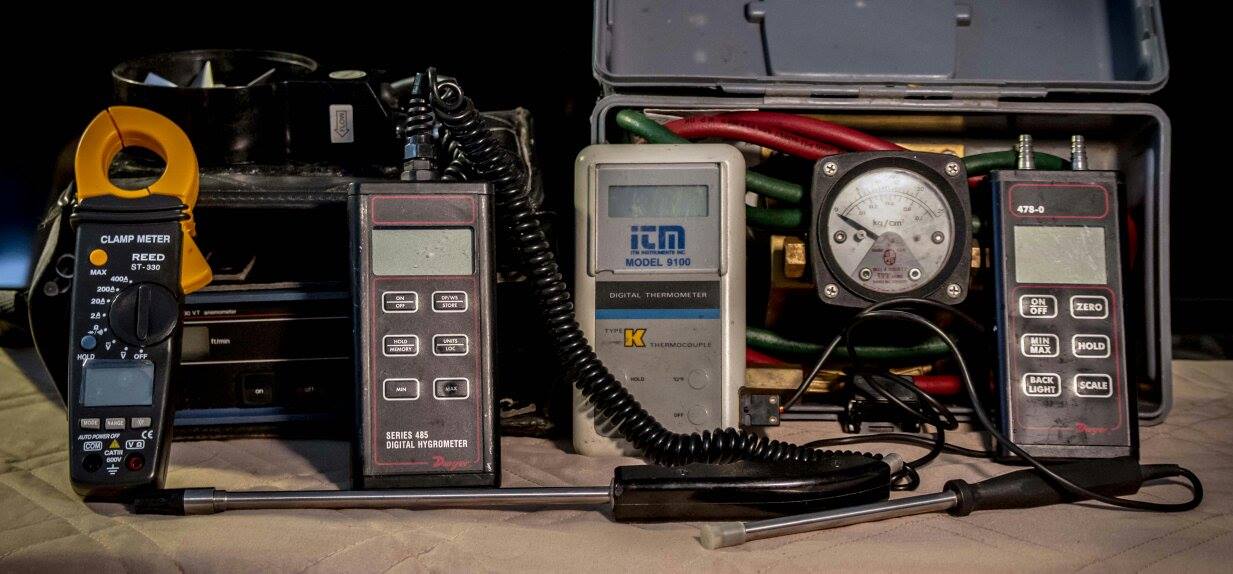Explain Solar panels, What are solar panels, Why use solar panels

Explain Solar Panels speaks to what are solar panels and why use solar panels.
By Mary Sauer
As advances in technology are being made, solar panels are becoming a more available and affordable option for homeowners. Previously, the expense has been a roadblock for homeowners who want live a more sustainable lifestyle, but through reduced manufacturing expenses as well as grants provided by the government, solar is a realistic option for many income levels. While many have a basic understanding of how solar panels work, the more technical side of how these panels turn sunlight into electricity might not be as clear.
We encourage homeowners to create sustainable lives in their homes. We believe by educating and equipping homeowners, we can work together to create more enjoyable lives at home while taking better care of our planet. So, we have outlined exactly how solar panels work, and how they’ll save you money on your monthly utility bills.
Explain Solar Panels
First, a basic understanding of the main components of solar panels is incredibly helpful. Solar panels are made up of many photovoltaic cells that are joined together to create a panel. These cells themselves are created from two layers of silicon, a semi-conductor material. One layer of the cell has a negative charge, while the other has a positive charge, and this creates an electrical field.
When sunlight comes into contact with a photovoltaic cell, the particles of light—which are also known as photons—have a specific effect on the atoms. The photons knock the electrons of the atoms free, and this is what creates a flow of electricity.
Once the electron is knocked free from the atom and a flow of electricity is created, the electrical field created by the two layers of oppositely charged silicon pushes the electricity out of the cell. At this point, the electrons are collected by metal conductive plates that are placed around the photovoltaic cell and then transferred to wires, which move the electricity to an inverter.
An inverter is a necessary component of your solar energy system because solar panels create electricity in a direct current, but your home uses alternating current electricity. Inverters were created to transform direct current electricity into alternating current electricity.
Once the electricity has been converted, it can be used as conventionally sourced electricity. This means that with the energy of sunlight and your home’s solar energy system, you can power the lights in your home, run appliances, heat your water, and power your HVAC without relying on electricity derived from nonrenewable sources. This method of creating electricity is incredibly sustainable, because the sun is an unlimited resource and the methods for manufacturing solar panels are being refined to reduce waste and labor time.
Content provided by Home Improvement Leads, who connects quality contractors to homeowners to give them the best home improvement experience possible. They specialize in solar leads and other lead generation home improvement resources.
Hard copy and E book for sale. Introduction to Building Mechanical Systems. Click here.